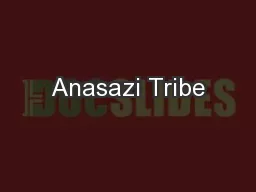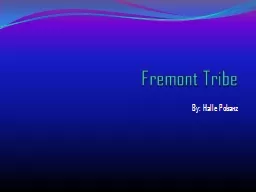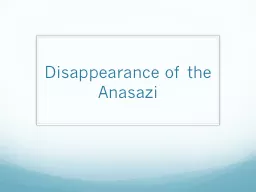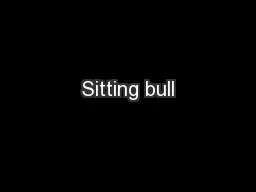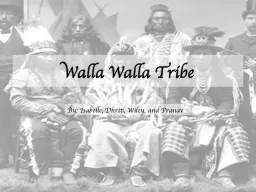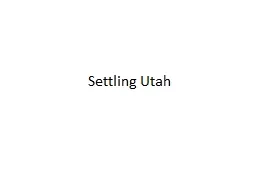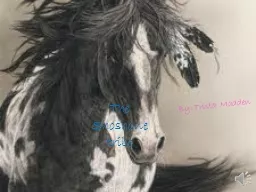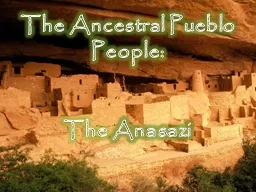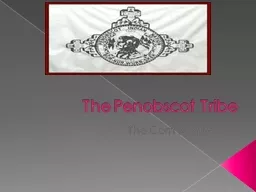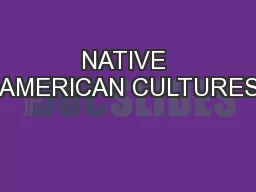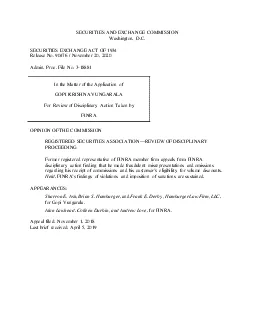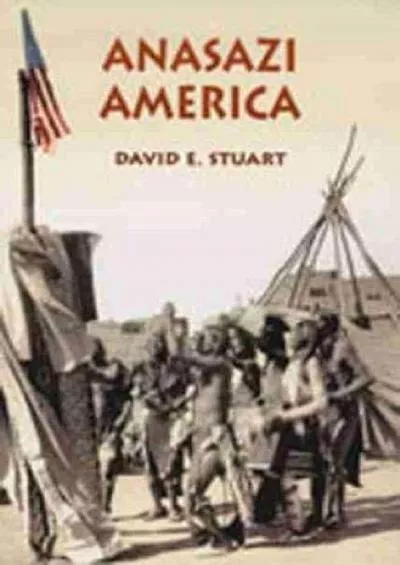PPT-Anasazi Tribe
Author : mitsue-stanley | Published Date : 2017-07-06
By Marlee Dall 1 Table of Contents Slide Three Tribe Traditions Slide Four What Did They Eat Slide Five Where Did They Live Slide Six How Did They Dress Slide Seven
Presentation Embed Code
Download Presentation
Download Presentation The PPT/PDF document "Anasazi Tribe" is the property of its rightful owner. Permission is granted to download and print the materials on this website for personal, non-commercial use only, and to display it on your personal computer provided you do not modify the materials and that you retain all copyright notices contained in the materials. By downloading content from our website, you accept the terms of this agreement.
Anasazi Tribe: Transcript
Download Rules Of Document
"Anasazi Tribe"The content belongs to its owner. You may download and print it for personal use, without modification, and keep all copyright notices. By downloading, you agree to these terms.
Related Documents

